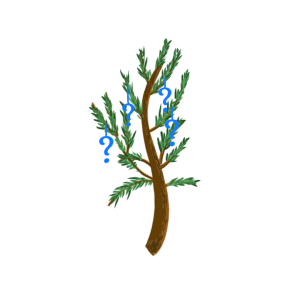I think I first was really drawn to Usborne Books about 15 years ago when M was 3. He and I were perusing the children’s area of the library and came upon, The Big Bug Search and we just kind of sat there, hooked for a long time. We went through each double page, eagerly looking for each bug, following the “search and find” instructions on each page but there was so much more to it than that.
If I’m remembering correctly, each page presented us with a different habitat, different country, often a different continent, so with that came different landscapes, different colours, different plants and a whole different feel. It also gave us the names for the animals, some of which reflected the language of the place they live in, others that had names that described the insect itself. That, in and of itself, gave us lots to notice and talk about and of course, even when we were searching for the different animals, we were looking at numbers. It wasn’t that different from reading a map. We looked at the legend/ key on the sides of the pages, in order to get information to find something specific in the picture. There was always a few of each type of animal that was easy to spot, followed by one or two really tricky ones so that we really had to search carefully.
There was a whole series of these Search and Find books and, oh my goodness, we loved them. There was The Great Animal Search (my absolute favourite), The Great Dinosaur Search, The Great Castle Search, The Great History Search, The Great Undersea Search, The Great World Search and a few more. I read them with quite a few other kids as well and they were always a hit.
What I have always appreciated about Usborne Books is both the layers and range of information. That’s true of lots of things but we’ve found it to be particularly the case with Usborne.
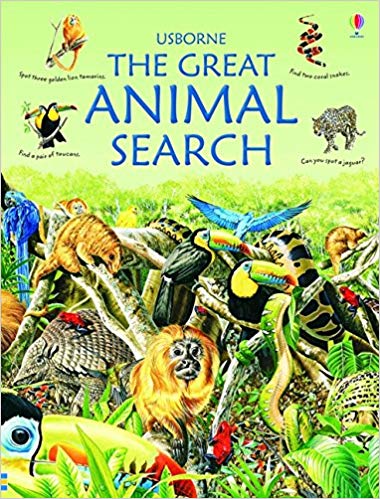
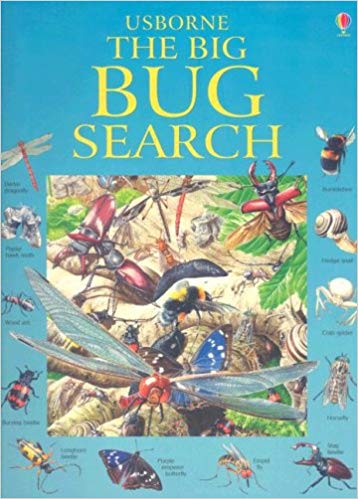
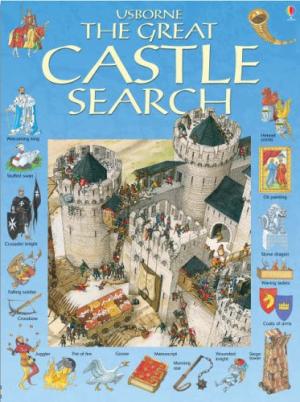
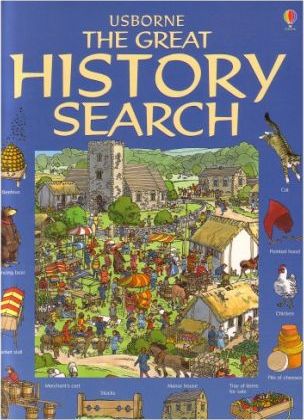
In the last while, Usborne has come up with some fantastic new series. One that has caught my eye and that has just been a lot of fun to take off the shelf and look at has been very the 100 Things to Know Series. I can spend a lot of time looking through these and they are brilliant for kids. Just leafing quickly through 100 Things to Know About Food, you can learn about food science, colour, different cultures, history of various foods, geography, invention, the psychology of eating, food production, sustainability and on and on… just with 100 pages of fun facts with some elaboration. Each page gives a sort of jumping off point that could lead you onto a trail of deeper learning about that particular topic.
100 Things to Know About History provides the same experience🙂. Just glancing at a few pages leads you not only to historical facts but world geography, laws, art, scientific discoveries and a great deal of comedy. L and her friend ended up in fits of giggles a couple of years ago on the double page of information about all the United States presidents – some seriously funny facts!
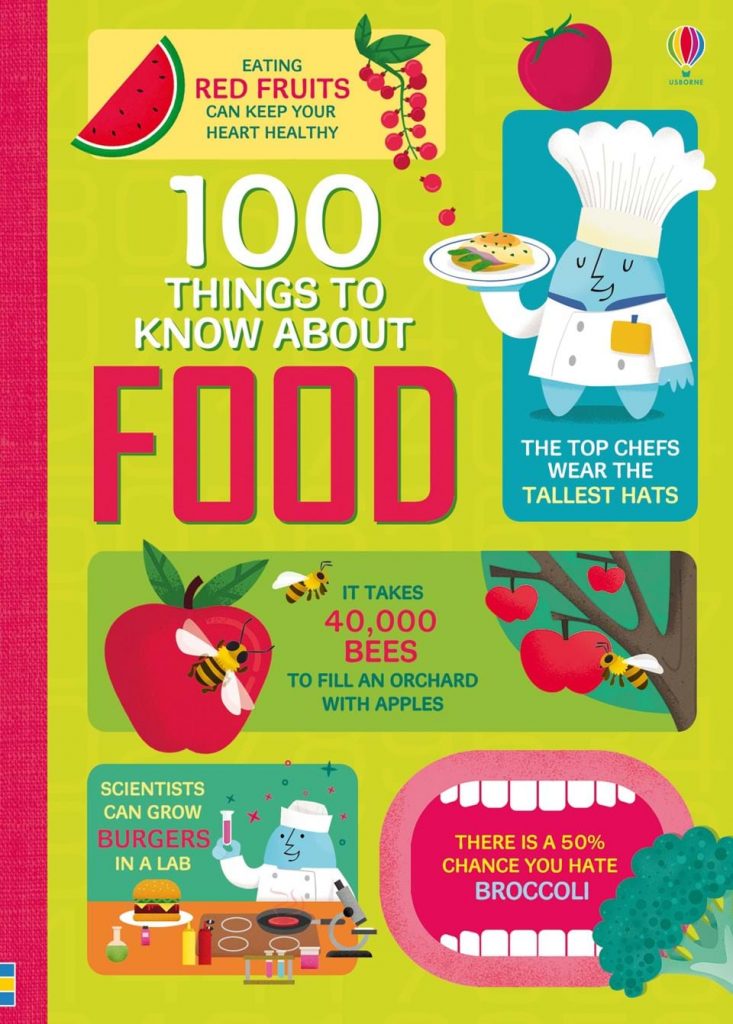
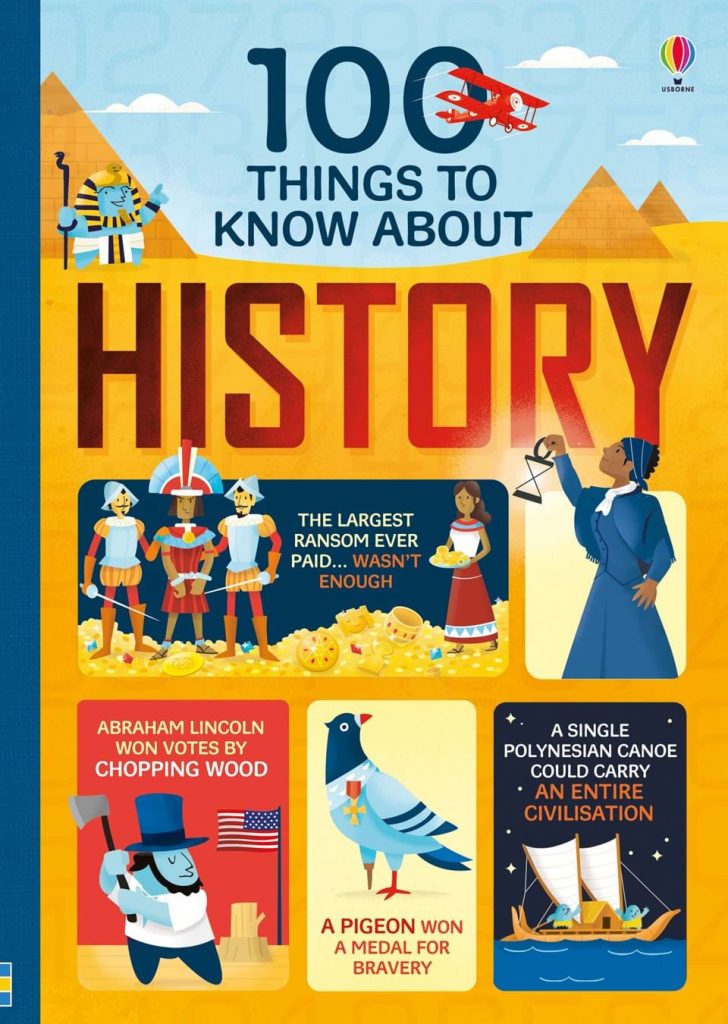
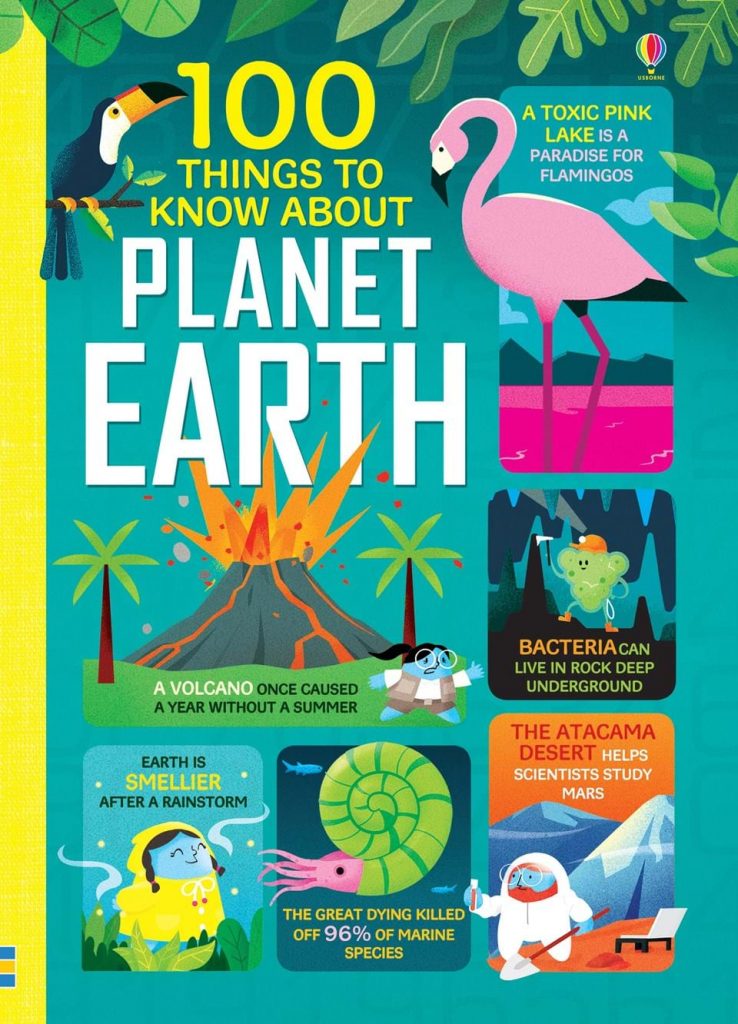
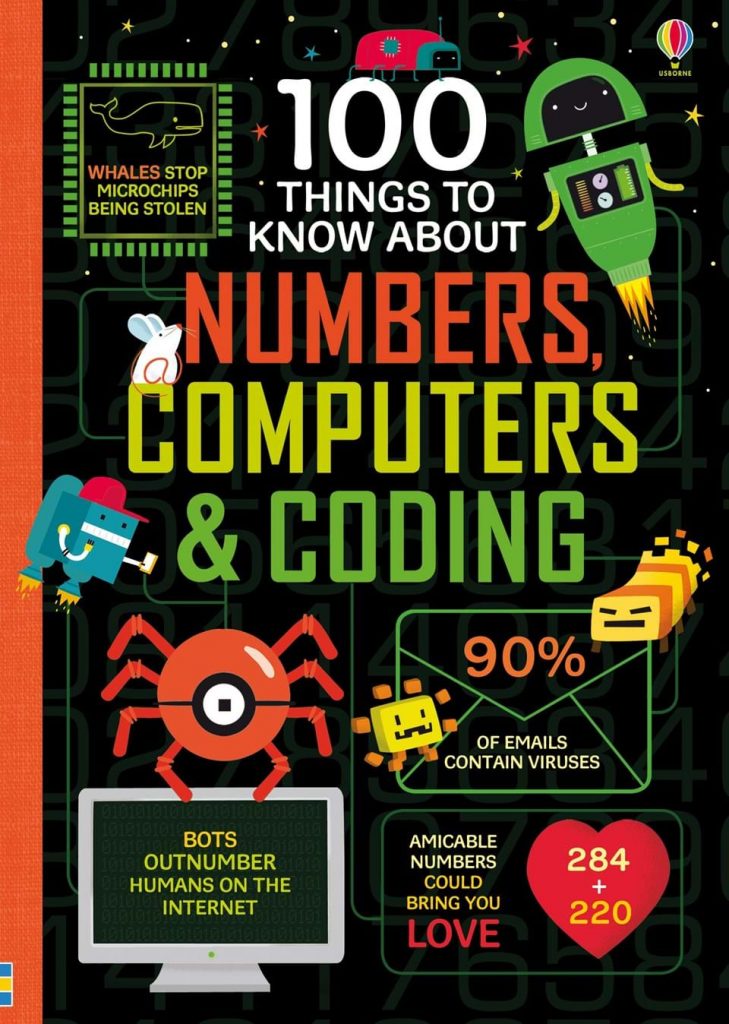
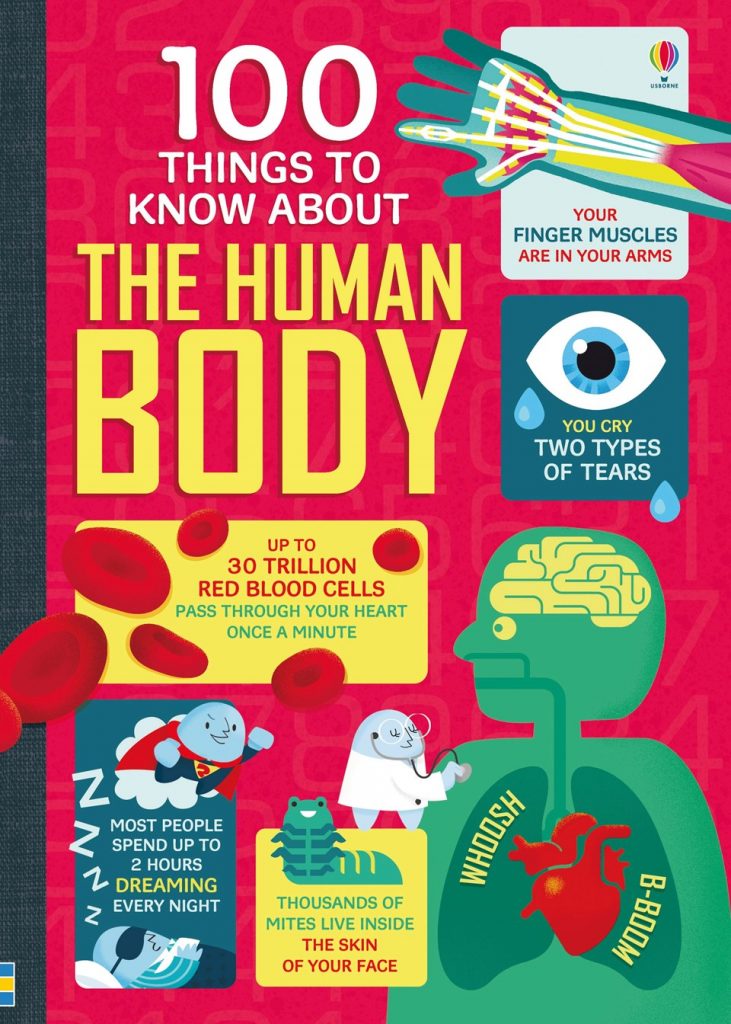
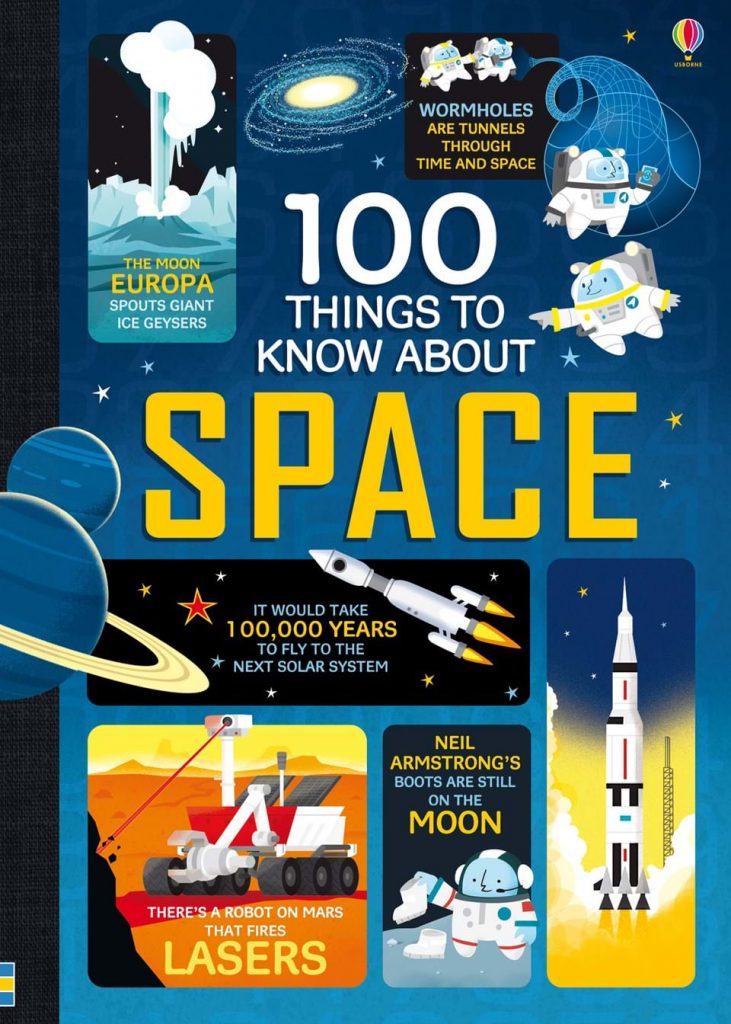
Another appreciated feature of Usborne books is that in addition to having so many aspects within each book, there are many books that compliment each other.
See something in 100 Things to Know About Space that’s of interest? Chances are that there are pieces in The Usborne Book of Astronomy and Space (with Internet Links) that can offer an opportunity to explore further.
Fascinated by a snippet in 100 Things to Know About the Human Body? Chances are there might be something related in in the Usborne Encyclopedia of the Human Body (Internet Linked).
Does 100 Things to Know About Food have you and your kids thinking more about food, its science, origins or customs? There are a range of books, these ones mainly aimed at younger kids but still lots to learn for parents, that talk in depth about where we get our food, how it is grown and processed.
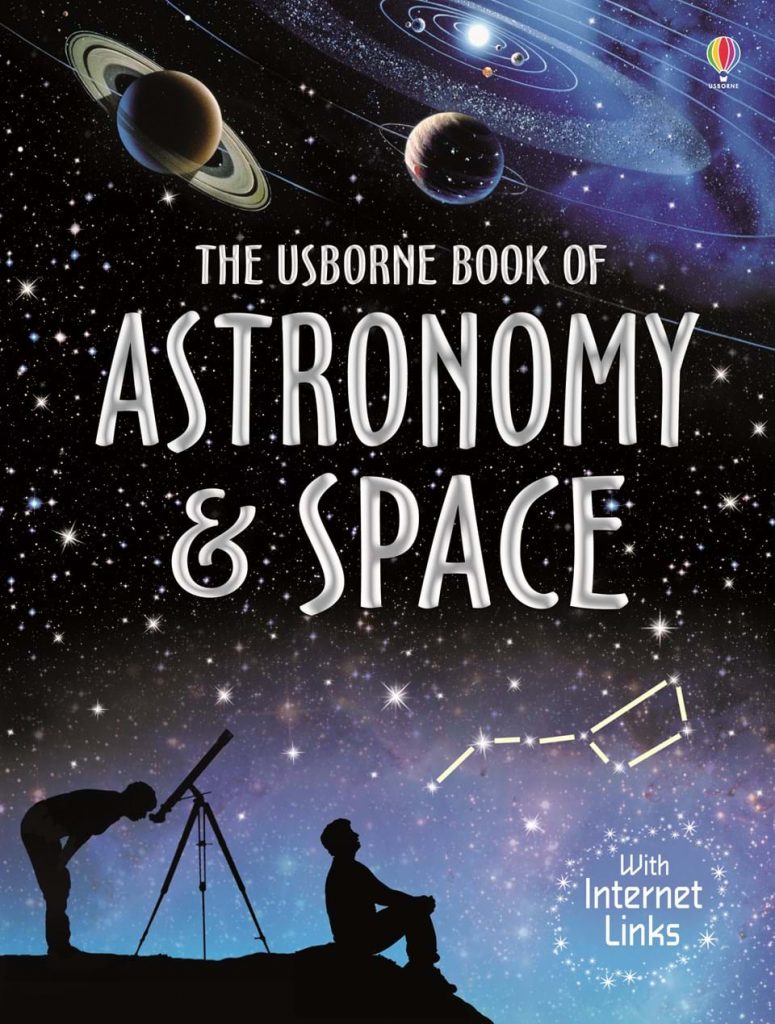
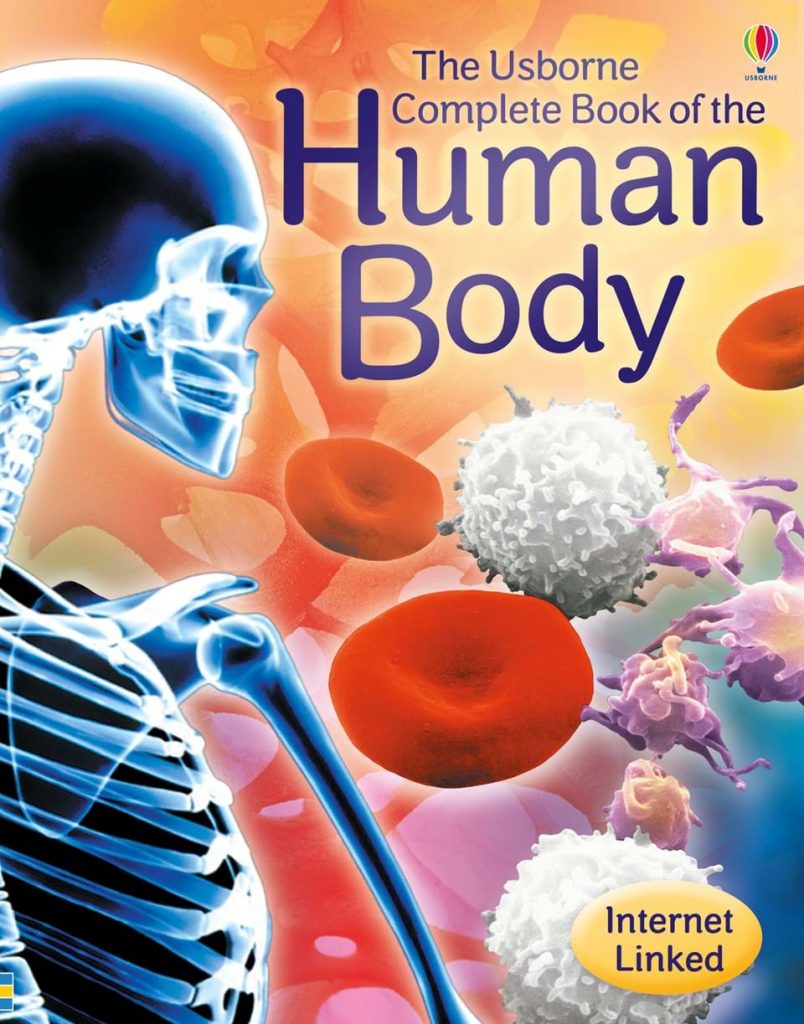
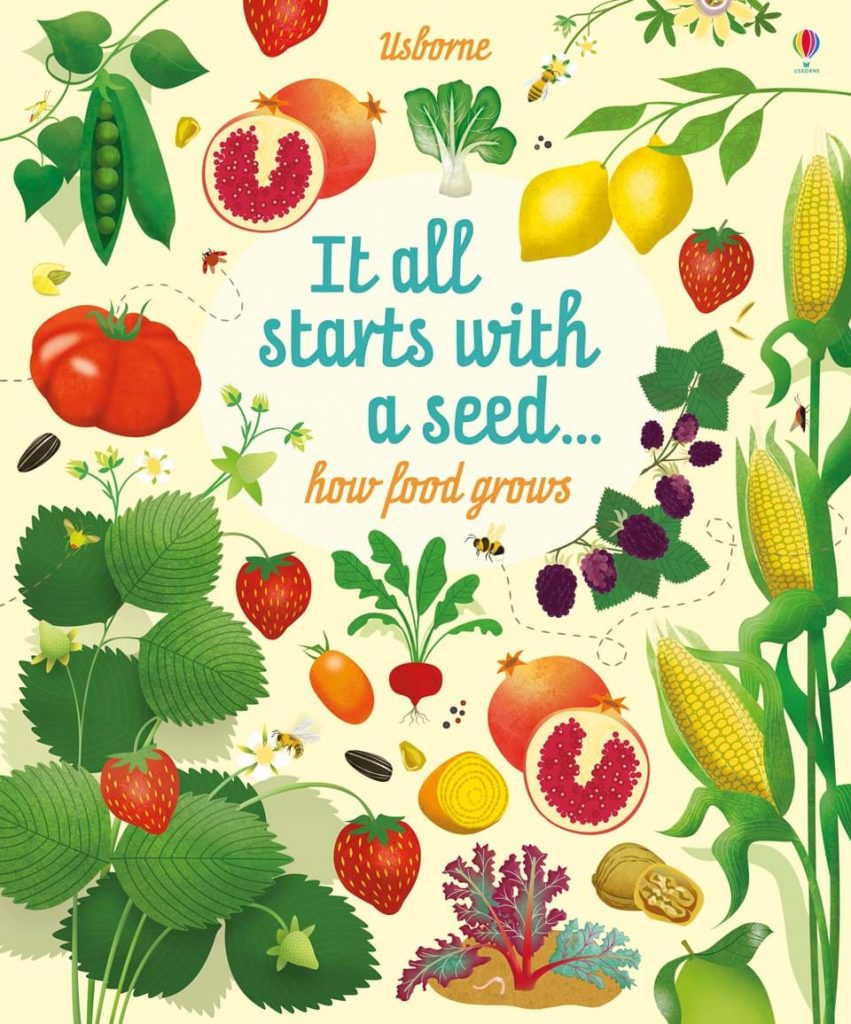
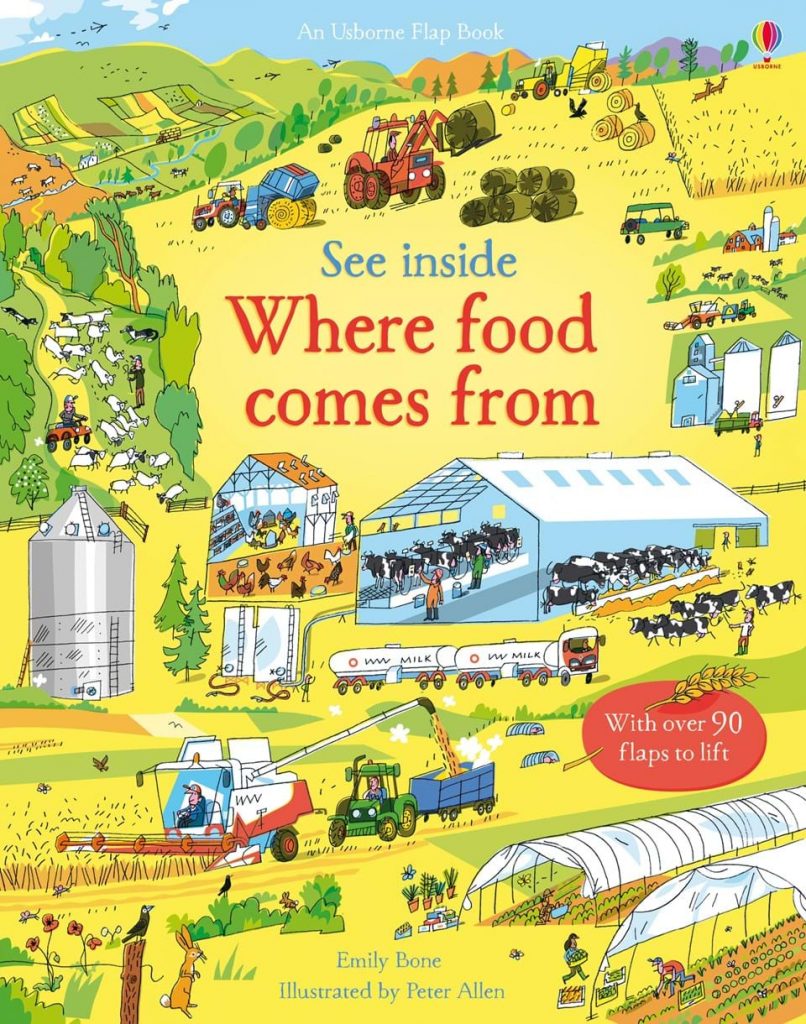
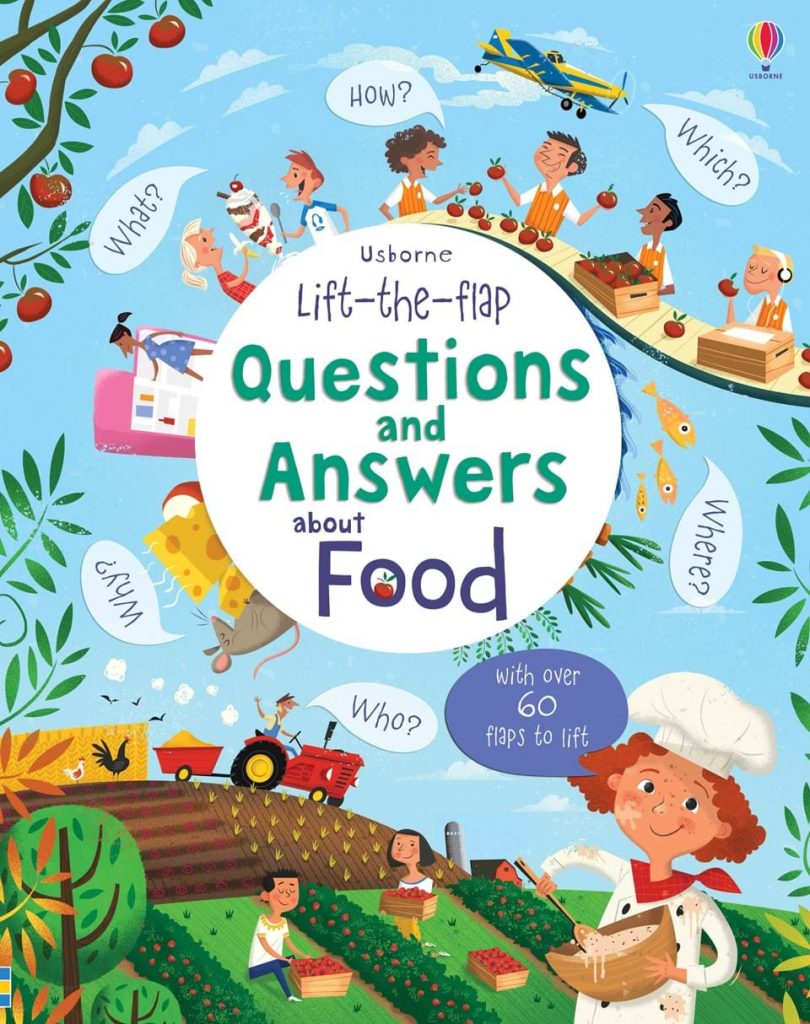
A couple of main pieces stand out for me…
One is that the internet links provided lead to such a wealth of information that you’re just multiplying your access. As packed with good stuff as the books are, the links take you into so many researched avenues.
The other is that they are so open-ended that they can be read right through as books or looked at here and there as wished. There is all the information of a curriculum without the pressure or sometimes monotony of “getting through.” Of course, if you want to go through a book sequentially and go through the internet links of each one, you absolutely can.
Enjoy this post? Please share.
